If you’re a hotshot trucker, you know the frustration of trying to find the right electronic logging device (ELD). With so many options on the market and confusing information about regulations, it’s a challenge to choose an ELD that keeps you compliant without breaking the bank.
Hotshot trucking involves hauling time-sensitive loads with medium-duty trucks, often on tight deadlines. To succeed in this fast-paced sector, you need a reliable electronic logbook that streamlines your operations. The right solution will help you avoid hours of service violations, reduce paperwork, and boost your efficiency on the road.
But with the misconception that hotshot truckers are exempt from the ELD mandate, many are unsure about the requirements. This article will clear up the confusion and provide a complete guide to selecting the best ELD for hotshot trucking. We’ll cover the key features to look for, top options on the market, and tips for a seamless transition. Let’s start by breaking down the compliance basics.
Do you have any questions? Talk to ELD Advisor: 650-405-3372 or Request Callback
Do Hotshot Truckers Need ELDs? A Quick Compliance Overview
There’s a common belief that hotshot truckers are exempt from the electronic logging device mandate. However, this is only partially true. Whether you need an ELD depends on a few key factors:
Vehicle Weight
If your truck or truck-trailer combination has a gross vehicle weight rating (GVWR) or gross combination weight rating (GCWR) of 4,500 kg (9,920 lb) or more and you’re federally regulated, you are required to use an electronic logbook.
This includes many medium-duty trucks used in hotshot operations—even when not pulling a trailer.
Federal vs. Provincial Regulations
- If you’re a federally regulated carrier (i.e., you operate across provincial or international borders), you must use a certified ELD unless a specific exemption applies.
- If you operate exclusively within one province, elog requirements depend on local enforcement. Some provinces have not yet implemented mandatory ELD use for provincially regulated carriers, though this is subject to change.
Hazardous Materials
Transporting dangerous goods does not automatically trigger the ELD mandate. Compliance still depends on vehicle weight and regulation type, not cargo alone.
Short-Haul Exemption
You may be exempt from using an ELD if:
- You operate within a 160-kilometre radius of your home terminal.
- You return to the same location daily.
- You maintain accurate records of duty status (RODS) by other permitted means.
However, because many hotshot jobs involve longer trips, this exemption rarely applies in practice.
If you’re a hotshot trucker using a vehicle rated over 4,500 kg and operating across provincial or international borders, you must use a Transport Canada-certified ELD. Even if you’re staying within one province, it’s wise to prepare for future enforcement. Don’t assume you’re exempt just because you drive a medium-duty truck — verify your specific situation and plan accordingly.
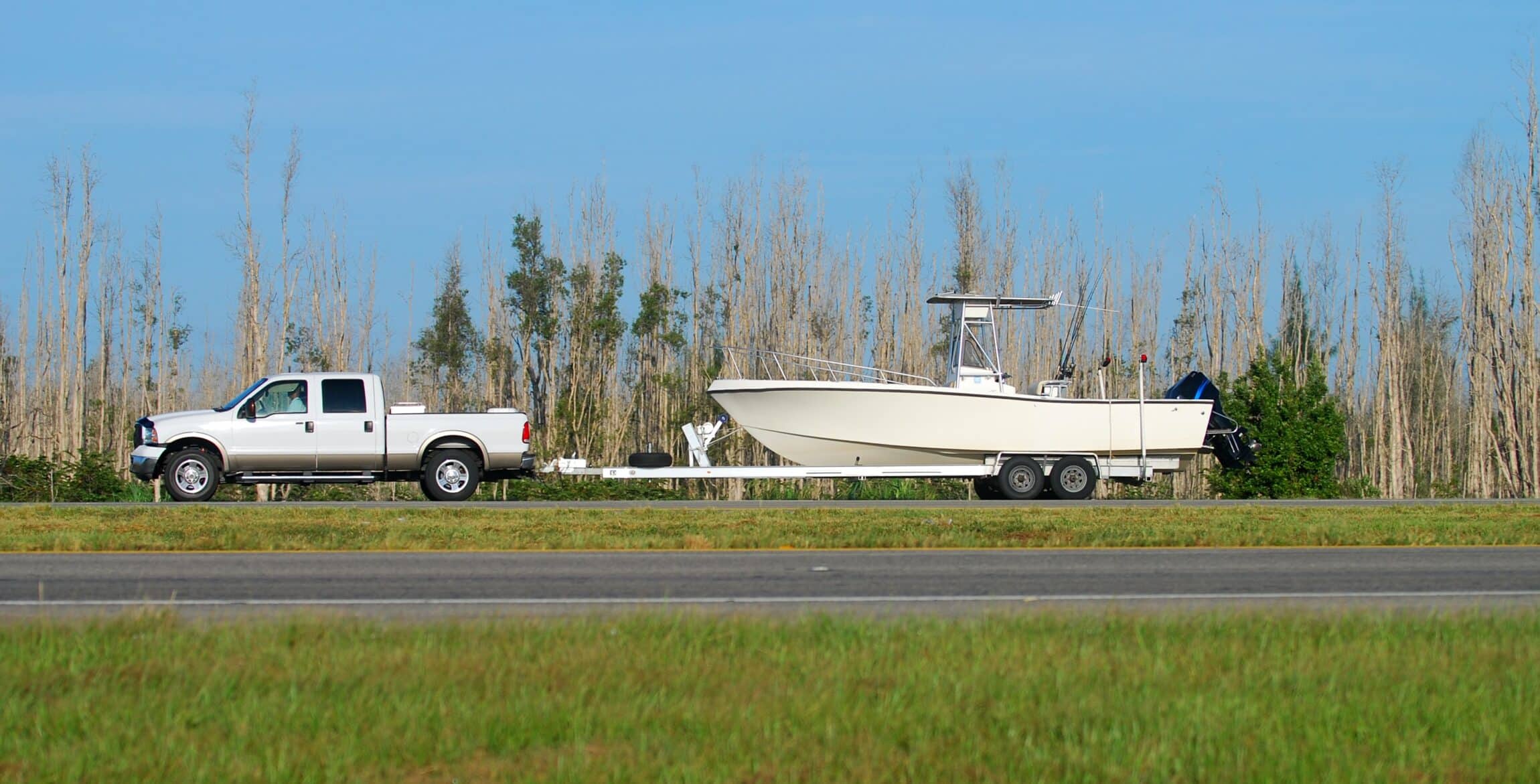
What Makes an ELD “Best” for Hotshot Trucking?
Now that you understand the compliance basics, let’s explore what separates the best ELD devices for hotshot trucks from the rest. Hotshot truckers have unique needs that not all providers can meet. Here are the key factors to consider:
- OBD-II compatibility. Most hotshot operations use medium-duty trucks that connect to ELDs via the OBD-II port rather than the standard 9-pin ECM hookup. Ensure your device is compatible to avoid installation headaches.
- No long-term contracts. As an owner-operator, you need flexibility. Look for providers that offer month-to-month plans without long-term commitments, so you can scale up or down as your business changes.
- Affordable pricing. With tight profit margins in hotshot trucking, every dollar counts. Find an ELD with competitive monthly rates and no hidden fees. Some providers even offer free trials to test the system risk-free.
- Easy installation. Time is money in the hotshot world. Choose an ELD with true “plug-and-play” functionality that connects quickly to your OBD-II port and syncs via Bluetooth. Avoid complex wiring or professional installation requirements.
- Mobile app quality. As a solo driver, you’ll rely heavily on the ELD’s mobile app. Prioritize a user-friendly interface with intuitive hours of service logging, duty status changes, and inspection modes. Look for apps with high ratings and positive driver reviews.
- Customer support. When you have questions on the road, you need answers fast. The best ELD providers offer multilingual support, extended hours, and a callback policy if you get disconnected. Confirm that help is available when you need it most.
- Additional features. While compliance is the primary goal, additional features can streamline your operations. GPS fleet tracking optimizes routes, while IFTA mileage reporting simplifies fuel tax calculations. Driver vehicle inspection reports (DVIRs) are another time-saving extra.
- Cross-border capabilities. If your hotshot routes cross into the United States, choose an ELD that’s certified by Transport Canada and registered with the FMCSA. This ensures seamless cross-border compliance and helps you avoid delays, fines, or device-related issues at the border.
By prioritizing these factors, you’ll narrow down the options to find the best ELD for your specific needs. Remember, compliance is just the starting point. The right solution will also help you maximize efficiency, minimize costs, and scale your hotshot operation over time.
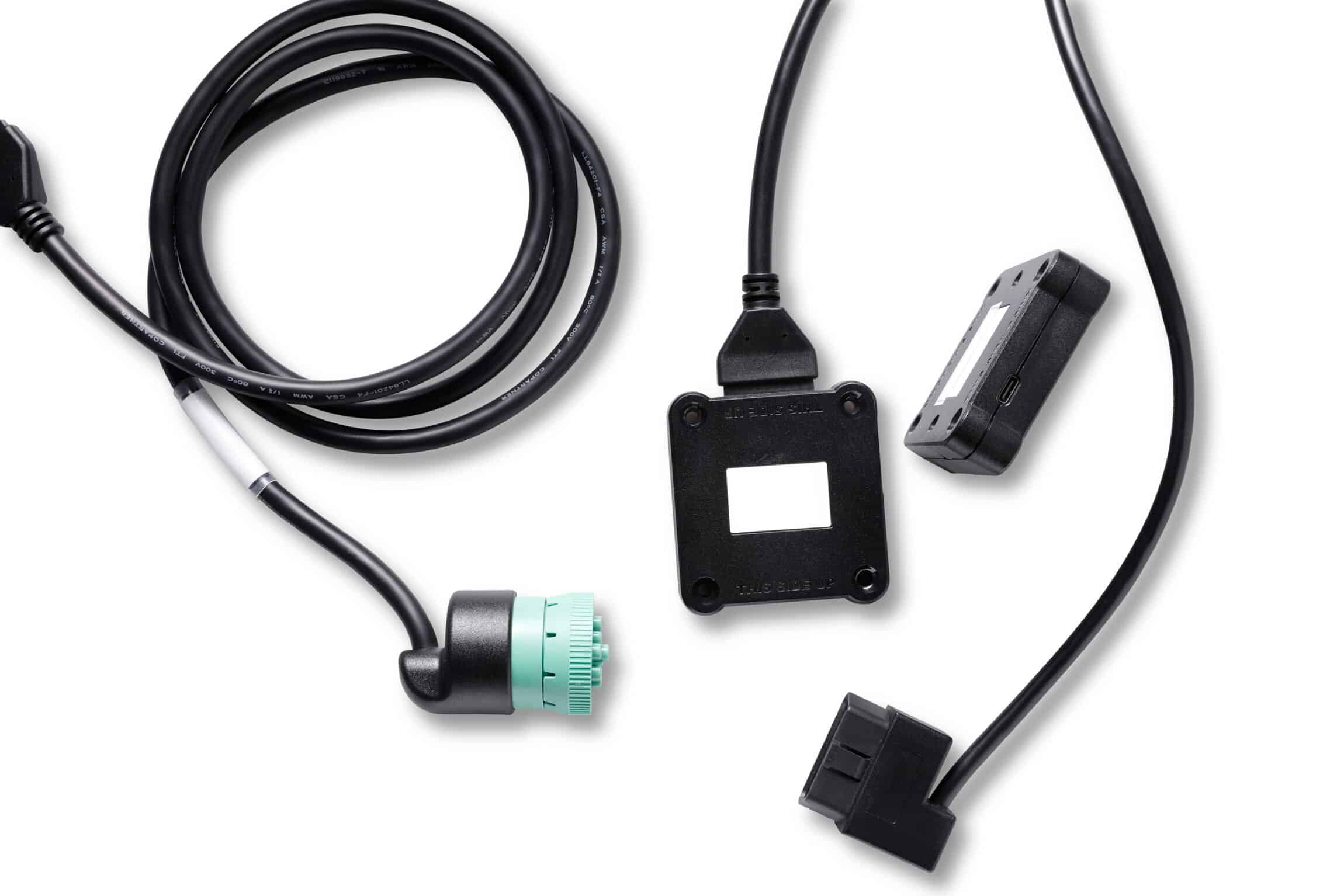
Best ELD for Hotshot Truckers
With hundreds of registered ELDs on the market, it’s tough to know where to start. To simplify your search, we’ve compiled a quick table of major providers suitable for hotshot owner-operators and their app ratings.
| RANK | ELD PROVIDER | iOS APPSTORE | ANDROID PLAYSTORE |
|---|---|---|---|
| 1 | |||
| 2 | JJ Keller | ||
| 3 | Garmin | ||
| 4 | Rand McNally | ||
| 5 | Geotab | ||
| 6 | |||
| 7 | Transflo | ||
| 8 | PeopleNet | ||
| 9 | Verizon |
Of course, this is just a starting point. You’ll want to dive deeper into the specifics of each provider, read contract terms, and consider your budget constraints. The goal is to find the sweet spot between affordability, ease of use, and features that will grow with your business.
In the next section, we’ll take a closer look at HOS247 as a reliable ELD solution for hotshot truckers. From plug-and-play installation to top-rated driver apps, you’ll see why it consistently ranks among the best options on the market.
HOS247 ELD: A Reliable Solution for Hotshot Truckers
When it comes to finding the best ELD for hotshot operations, HOS247 stands out from the crowd. This provider has tailored its solution to meet the unique needs of owner-operators and small fleets, with a focus on simplicity, affordability, and superior support. Let’s break down the key benefits:
- True plug-and-play installation. Our hardware connects directly to your truck’s OBD-II port, making setup a breeze. Simply plug in the device, sync it with your smartphone or tablet via Bluetooth, and you’re ready to hit the road. No complex wiring or professional installation required.
- No contract flexibility. HOS247 offers month-to-month and annual subscription options, giving you the freedom to choose what works best for your business. Scale up or down as needed without being locked into a long-term contract.
- Multilingual support 7 days a week. Get help when you need it, in your preferred language. The customer support team is available 7 days a week and fluent in English, Spanish, Russian, and Polish.
- Callback policy. Dropped calls are frustrating, especially when you need timely support. HOS247’s callback policy means we will immediately return your call if you get disconnected, ensuring you receive the help you need.
- Automatic compliance updates. Stay current with the latest Transport Canada regulations with automatic updates to reflect rule changes, so you’re always compliant.
- Additional features. Beyond basic logging, HOS247 offers a range of tools to optimize your hotshot operation:
- Real-time GPS fleet tracking for route optimization and location monitoring.
- Automatic IFTA mileage reporting to simplify fuel tax calculations.
- Vehicle diagnostics with real-time fault code alerts to prevent breakdowns.
- Driver behavior monitoring to improve safety and reduce liability risks.
- Competitive pricing. HOS247’s monthly rates are affordable, with no hidden fees or surprise charges. You’ll get a reliable solution without breaking the bank.
- Transferable between trucks. Easily swap your HOS247 ELD between vehicles as your hotshot operation grows. This flexibility is ideal for owner-operators who may upgrade or replace trucks over time.
- Two-week risk-free trial. Test drive our electronic logbook system for 14 days without any commitment. If you’re not satisfied, return the device for a full refund. This trial period gives you peace of mind and ensures you’re choosing the right solution.
With our combination of user-friendly design, flexible plans, and robust features, HOS247 is a top choice for hotshot truckers. The reliability of our services and the efficiency of our customer support team set us apart from competitors, giving many truckers the confidence to make the switch.
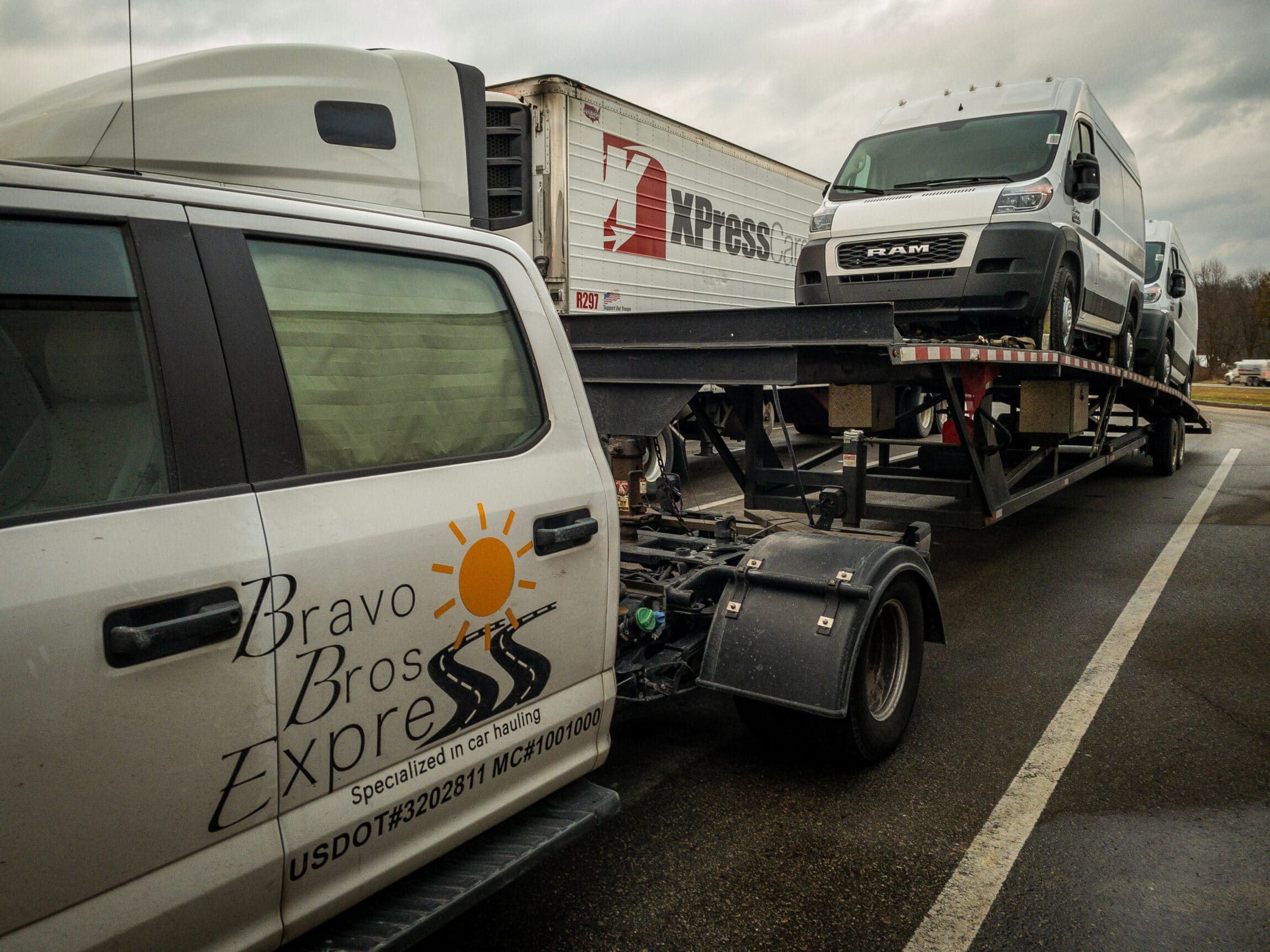
Common Mistakes When Choosing an ELD for Hotshot Trucking
While HOS247 is a standout option, it’s still important to do your due diligence when selecting the best hotshot ELD systems. Many hotshot truckers make common mistakes that can lead to compliance issues, wasted money, and operational headaches. Here’s what to watch out for:
Assuming all ELDs Work with Medium-Duty Trucks
Not every electronic logging device is compatible with the OBD-II ports found in most hotshot vehicles. Double-check compatibility before purchasing to avoid installation frustrations.
Overlooking Hidden Fees And Contract Terms
Some providers lure you in with low monthly rates but tack on hidden fees for installation, training, or additional features. Read the fine print and ask about any extra costs. Watch out for long-term contracts that limit your flexibility as a hotshot owner-operator.
Ignoring Customer Support Quality
When you’re facing a logbook error or device malfunction, you need help fast. Don’t underestimate the importance of responsive, knowledgeable support. Check reviews and ask about support hours, language options, and average response times.
Focusing Only on Price
While cost is certainly a factor, the cheapest electronic logbook isn’t always the best choice. Consider the total value of the solution, including ease of use, uptime reliability, and driver satisfaction. A bare-bones system may save money upfront but cost you more in the long run due to lost productivity.
Not Checking for OBD-II Compatibility
This bears repeating because it’s such a common issue for hotshot truckers. Verify that your chosen ELD connects seamlessly to your truck’s diagnostic port to avoid a compatibility nightmare.
Forgetting About Cross-Border Requirements
If your hotshot routes include the United States, make sure your ELD is certified by Transport Canada and registered with the FMCSA. Some devices may require manual adjustments or log changes at the border, adding unnecessary complexity.
By avoiding these pitfalls and prioritizing your specific needs, you’ll be well-equipped to choose the right ELD for your hotshot operation. Remember, compliance is just the beginning. The best solution will help you work smarter, reduce administrative burdens, and grow your business over time.
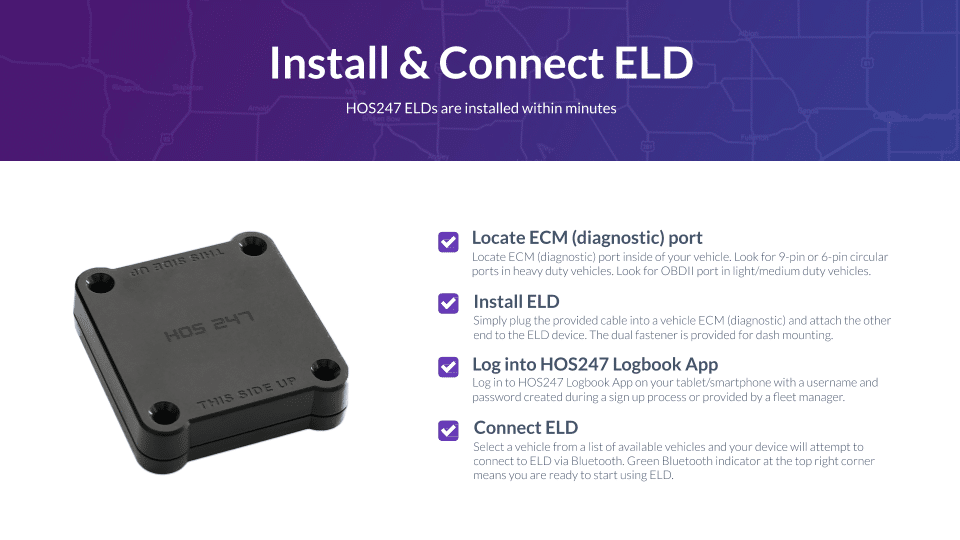
Installation and Setup Tips
You’ve chosen the perfect ELD for your hotshot operation, but now what? Proper installation and setup are crucial for a smooth transition to electronic logs. Here’s what you need to know:
Locating the OBD-II Port in Medium-Duty Trucks:
- The OBD-II port is typically located beneath the driver’s side dashboard, within 3 feet of the steering wheel.
- It’s a 16-pin, trapezoidal-shaped connector, usually mounted in a plastic surround.
- If you’re having trouble finding it, consult your truck’s manual or contact the manufacturer for guidance.
Basic Installation Steps:
- With your truck turned off, plug the ELD device securely into the OBD-II port.
- Turn on your truck and allow the device to power up and initialize.
- Download the companion mobile app on your smartphone or tablet.
- Follow the app’s prompts to create an account and log in.
Syncing with Mobile Devices:
- Most ELDs, including HOS247, sync with your mobile device via Bluetooth.
- Ensure your phone or tablet’s Bluetooth is turned on and discoverable.
- Open the ELD app and follow the prompts to pair your device with it.
- If you encounter any issues, try restarting both the hardware and your mobile device.
Initial Configuration Best Practices:
- Verify that your truck’s VIN, license plate, and other details are correct in the app.
- Input your carrier information, including your NSC number (National Safety Code) if you’re a federally regulated carrier.
- Set up your driver profile with your license number, home terminal address, and co-driver if applicable.
- Familiarize yourself with the app’s interface, including how to change duty status and add log annotations.
HOS247 Vehicle Compatibility:
- HOS247’s ELD is compatible with all vehicles that have an OBD-II port, which includes most medium-duty trucks manufactured after 1996.
- If you’re unsure about your specific make and model, reach out to HOS247’s support team for confirmation.
By following these installation and setup best practices, you’ll be well on your way to a painless ELD transition. Remember, if you encounter any snags along the way, don’t hesitate to reach out to your provider’s support team for assistance.
Making Your Final Decision
With all the factors to consider, choosing the right ELD for your hotshot trucking operation can feel overwhelming. But by taking a systematic approach and assessing your unique needs, you can narrow down the options and make a confident decision.
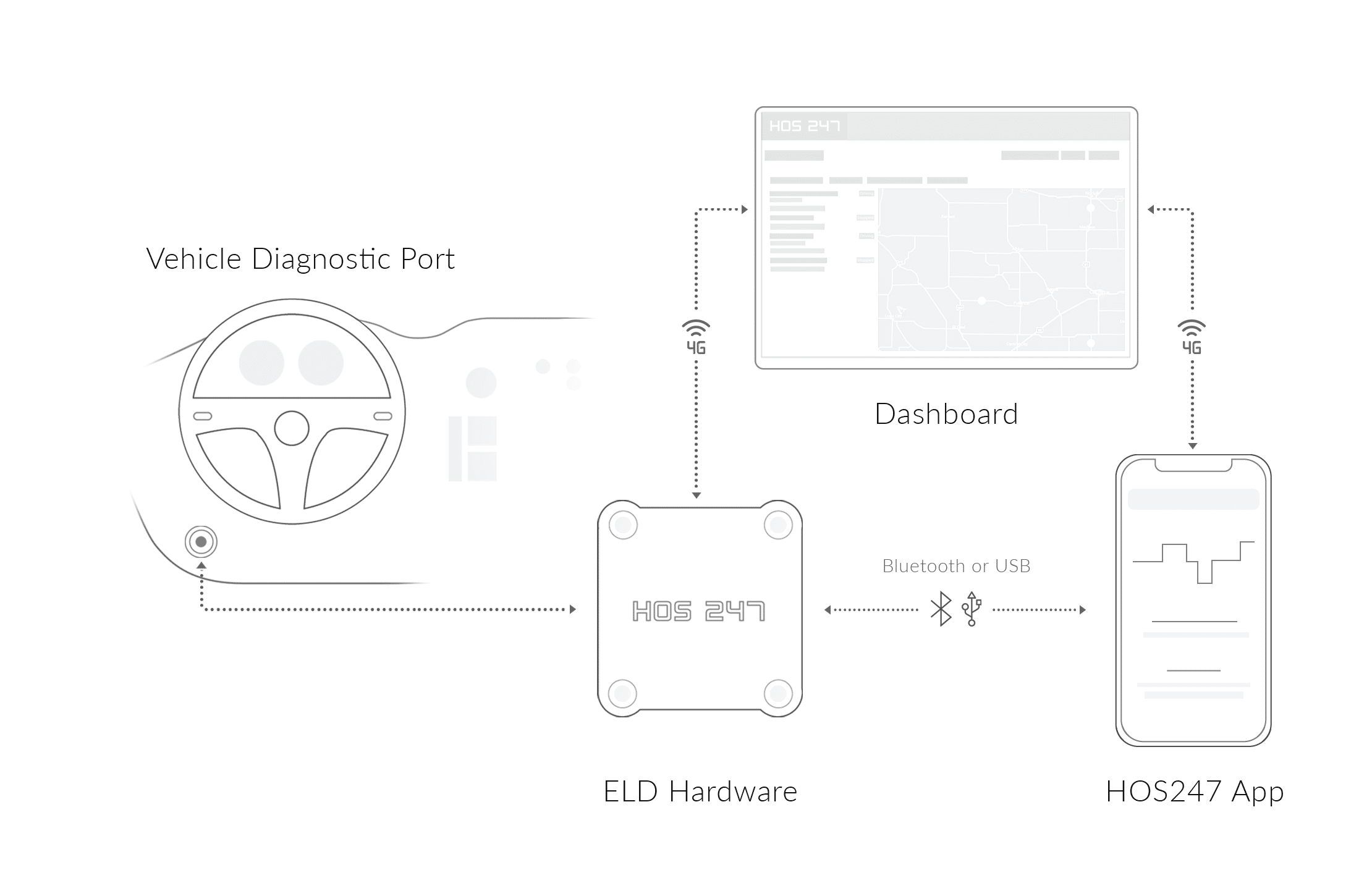
Assess Your Specific Requirements:
- Consider whether you’re a solo owner-operator or managing a small fleet.
- Evaluate your average trip lengths and typical routes.
- Determine if you need advanced features like IFTA reporting or vehicle diagnostics.
- Factor in your budget constraints and pricing preferences.
Local vs. Cross-Border Operations:
- If you frequently cross the US–Canada border, prioritize ELDs that are compliant with both Transport Canada and FMCSA regulations.
- Look for devices that automatically switch between rulesets based on your location.
- Consider the ease of data transfer and roadside inspections in both countries.
Evaluate Your Budget:
- Determine how much you can comfortably spend on your ELD setup and monthly fees.
- Look for providers that offer transparent pricing without hidden costs.
- Consider the long-term value of the investment, not just the upfront expense.
Think About the Future:
- Choose an electronic logbook that can scale with your business as you grow.
- Look for features that streamline operations and boost efficiency, like GPS tracking and automated IFTA reporting.
- Consider the provider’s track record of innovation and product updates.
Take Advantage of Trial Periods:
- Many providers, including HOS247, offer trials or demos to let you test out the system before committing.
Use this opportunity to evaluate the device’s ease of use, app interface, and reliability. - Engage with customer support during your trial to gauge their responsiveness and expertise.
- Opt for a provider with a hassle-free return policy in case the solution doesn’t meet your needs.
Ultimately, the best ELD for hotshots will depend on your specific circumstances and priorities. But by considering these key factors and leveraging free trials, you can make an informed decision that positions you for success.

Conclusion
Choosing the right ELD for your hotshot trucking operation is a critical decision that impacts your compliance, efficiency, and bottom line. By understanding the unique requirements of hotshot trucking and evaluating your specific needs, you can narrow down the options and select a solution that sets you up for success.
HOS247 stands out as a top choice for hotshot owner-operators, offering a user-friendly interface, flexible plans, and top-rated support. HOS247 streamlines your compliance and helps you optimize your operation.
But regardless of which provider you choose, it’s essential to do your due diligence. Prioritize ease of use, reliable support, and transparent pricing. Take advantage of free trials to test out the system in real-world conditions. And don’t hesitate to reach out to providers with questions or concerns.
Remember, choosing an ELD is not just about compliance – it’s an investment in your business’s future. By selecting a solution like HOS247 that combines user-friendly design, flexible plans, and quality support, you’ll spend less time stressing over logs and more time focusing on what matters most: growing your hotshot operation and serving your customers.

As an expert in B2B and B2C sales, I’ve dedicated myself to perfecting sales processes and client retention strategies in the logistics and trucking industry. I have significantly contributed to the expansion of the ELD service, catering to retail and wholesale clients in need of HOS247 ELD solutions. My unwavering commitment to implementing state-of-the-art sales techniques and technologies ensures the continuous growth and success of businesses I work with.











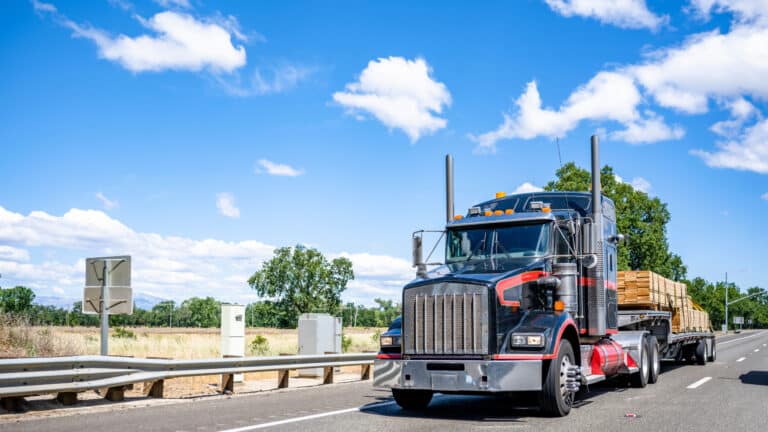
How to Do a Truck Driver Log Book: Simplify Compliance with the Right ELD in Canada A trucker’s log book is a vital document that provides a detailed account of a CMV driver’s activities within a 24-hour period. In accordance
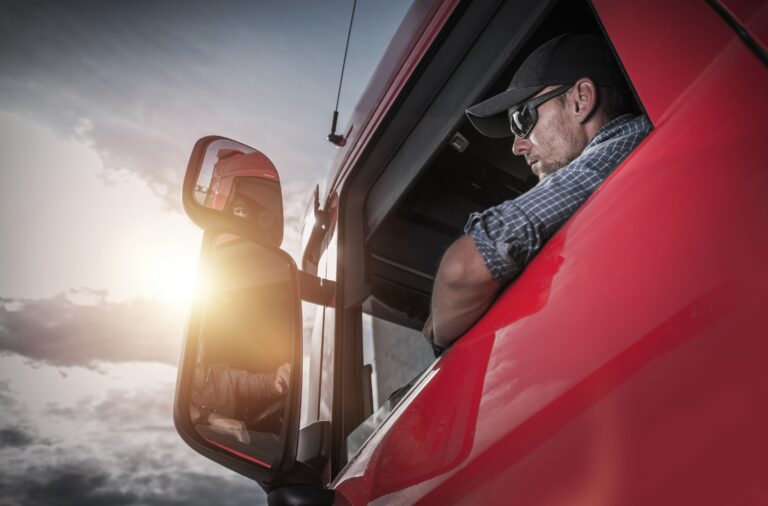
As part of the Canada ELD Mandate, electronic logs for truckers will be required by Transport Canada. The ELD rule was first published in the Canada Gazette on June 13, 2019. As of June 12, 2021, the mandate has been

The world of modern trucking requires tools that go beyond the basics. By leveraging real-time data and advanced analytics, GPS fleet tracking enables businesses to streamline processes, reduce costs, and improve overall efficiency. However, with so many options available on